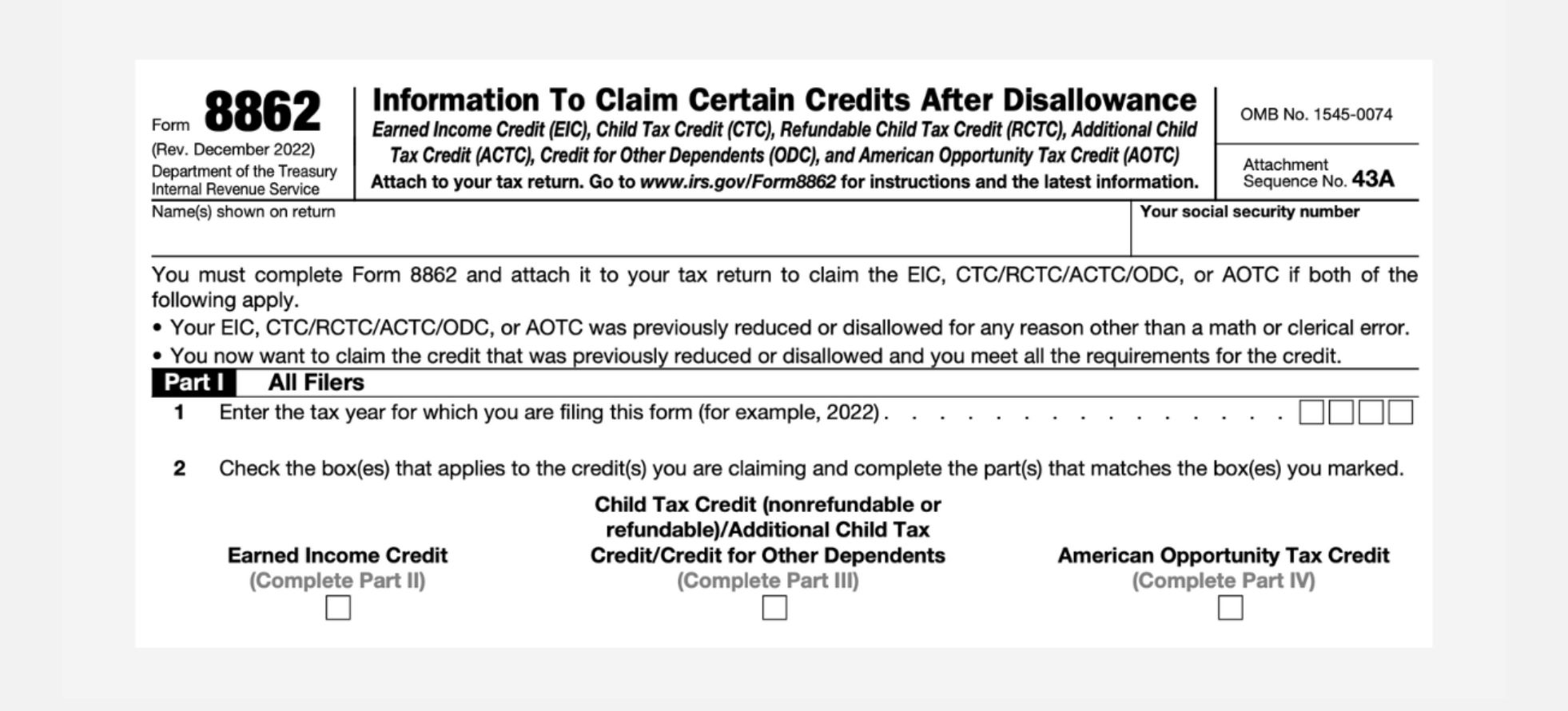Home>Finance>Backdating: Definition, How It Works, Legality, And Examples


Finance
Backdating: Definition, How It Works, Legality, And Examples
Published: October 12, 2023
Learn about backdating in finance, including its definition, how it works, legality, and examples. Understand the implications of this practice in various financial contexts.
(Many of the links in this article redirect to a specific reviewed product. Your purchase of these products through affiliate links helps to generate commission for LiveWell, at no extra cost. Learn more)
Backdating: Definition, How It Works, Legality, and Examples
Have you ever heard of backdating? It’s a term commonly used in the finance world, and it refers to altering the date on a financial document or transaction to make it appear that it occurred at an earlier time. But how does backdating work? Is it legal? In this blog post, we’ll explore the definition of backdating, how it works, its legality, and provide some real-life examples.
Key Takeaways:
- Backdating involves altering the date on a financial document or transaction to make it appear in the past.
- Backdating is generally considered illegal and unethical, as it can be used to manipulate financial records and mislead investors or regulatory authorities.
What is Backdating?
At its core, backdating involves changing the date on a financial document or transaction to a date prior to when it actually took place. This can be done in various financial contexts, such as stock options grants, contracts, or even insurance policies. The intention behind backdating is to make it seem like the event occurred earlier than it did, potentially for personal or financial gain.
However, it’s important to note that backdating is generally considered illegal and unethical. This is due to its potential to manipulate financial records, mislead investors or regulatory authorities, and undermine the transparency and integrity of the financial system.
How Does Backdating Work?
Backdating can be accomplished in several ways:
- Alteration of physical documents: By manually changing the date on a physical document, individuals can make it appear that the transaction occurred at an earlier time.
- Electronic manipulation: In an increasingly digital world, altering the date on electronic records or transactions has become more common. This can be done through computer systems, software, or data manipulation techniques.
- Collaboration: Backdating may involve collusion between parties who are aware of the true date but agree to forge the documentation to deceive others.
Is Backdating Legal?
Generally, backdating is considered illegal. In most jurisdictions, intentionally backdating financial documents or transactions is fraudulent behavior that can result in severe penalties, including fines and imprisonment. This is because backdating undermines the integrity of financial records and can lead to inaccurate financial reporting or manipulation.
However, it is important to note that there may be some acceptable instances of retroactive actions where parties mutually agree to apply a date in the past due to administrative delays or genuine oversight. Nonetheless, any backdating should be handled with transparency and in compliance with applicable laws and regulations.
Examples of Backdating
Here are a couple of high-profile examples of backdating that made headlines:
- Stock Options Scandals: In the early 2000s, several companies faced investigations for backdating their stock options to provide more favorable pricing to executives or employees. This practice misrepresented the value of stock options and misled investors.
- Insurance Claims: Some individuals have been known to backdate insurance policies to make it appear that incidents or damages occurred before the policy went into effect.
These examples serve as reminders of the importance of adhering to ethical business practices and complying with financial regulations to maintain trust and integrity in the financial industry.
In Conclusion
Backdating is a term that refers to altering the date on a financial document or transaction to make it appear to have occurred at an earlier time. It is generally illegal and unethical due to its potential to manipulate financial records and mislead investors or regulatory authorities. The examples provided highlight the consequences of engaging in backdating practices. It is of utmost importance for individuals and businesses alike to prioritize transparency, honesty, and compliance with applicable laws and regulations when it comes to financial transactions.














